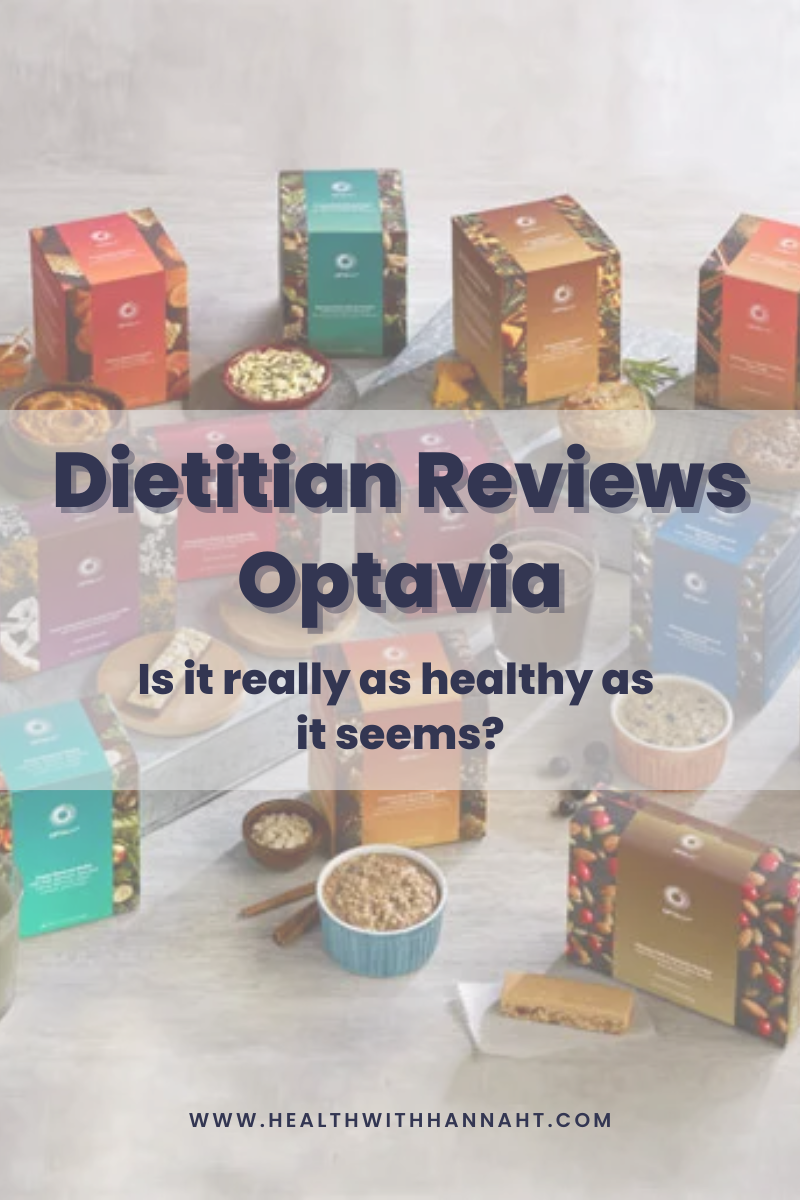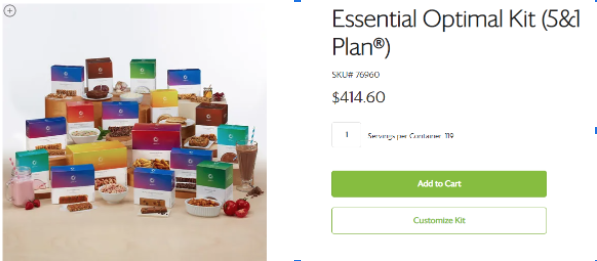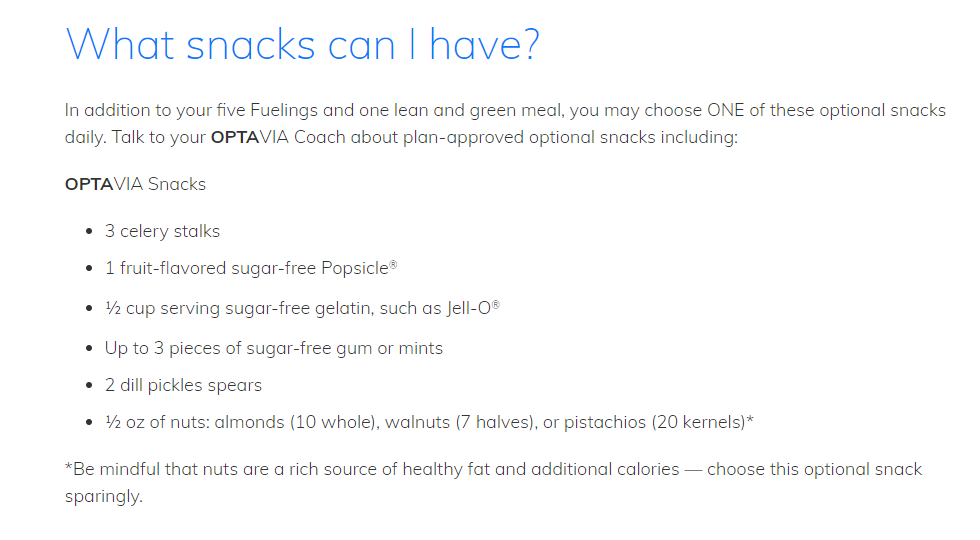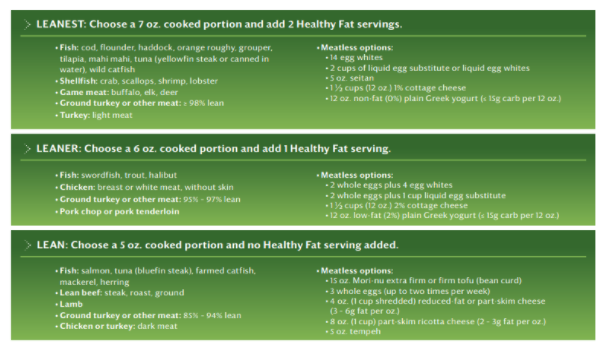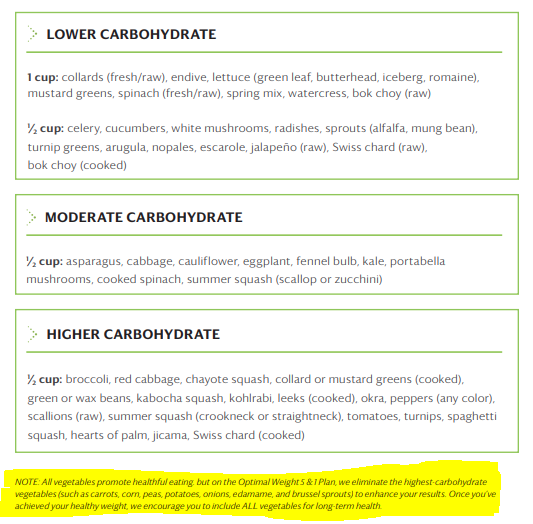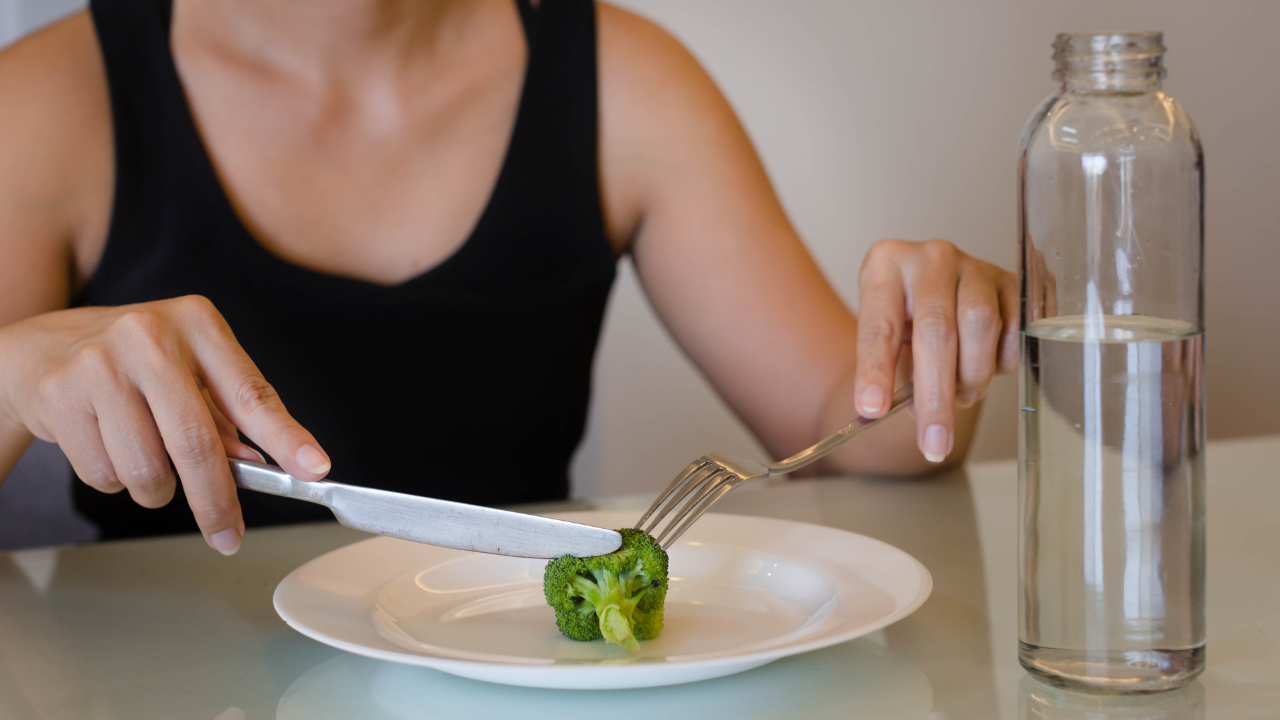Dietitian Reviews Optavia: Everything You Need to Know
Optavia is a popular weight loss diet plan that promotes “lifelong transformation, one healthy habit at a time”. But does Optavia really work? Is Optavia a healthy way to lose weight?
If you’re new here, hello and welcome! My name is Hannah and I am a non-diet dietitian here to help you improve your relationship with your food and finally find food freedom.
In this blog we will discuss:
What is Optavia?
What does Optavia claim?
Optavia meal plans
Optavia Fuelings
Optavia Lean and Green meals
Optavia pricing
Optavia coaching
What is Optavia?
Optavia is a diet program that was created in 2002 and is owned by the parent company Medifast, which is a weight loss company that sells weight loss products and programs at weight loss clinics and through multi-level marketing. Optavia appears to be Medifast’s golden child, as Optavia evidently is a “billion dollar brand” according to Medifast’s website.
Optavia is a very low calorie diet, plain and simple. Their program is not rocket science, although they do market it like they have discovered a new planet.
Optavia has various meal plans (that we will break down below), but they all involve purchasing their “Fuelings” (prepared packaged meals) along with eating “Lean and Green” meals.
They also offer independent coaching, stating that your coach has been in your shoes and will help you every step of the way. How sweet.
What does Optavia claim?
Optavia claims that by cutting your total calories as well as your intake of carbohydrates that your body will enter a “gentle but efficient fat burning state while retaining lean muscle mass”. In other words, following an Optavia meal plan will evidently put you into ketosis. But there is no such thing as “gentle” ketosis. You are either in ketosis or you are not. Also, would the alternative be “brutal” ketosis? I feel like that’s a more accurate description of how it probably feels to be on this diet.
But the thing is, you likely won’t enter true ketosis on the Optavia diet. Ketogenic diets generally contain 5-10% of calories coming from carbohydrates. Optavia states that their 5 & 1 plan provides 80-100 grams of carbs per day. This equates to closer to 30-40% of the 800-1000 total calories that you will be consuming on this diet. While this is considered low-carb, it likely will not result in ketosis. So while you may be burning fat on this diet, you probably will be losing a great deal of muscle mass too.
Optavia meal plans
Optavia has various meal plans, including:
Optimal Weight 5 & 1 Program
Optimal Weight 4 & 2 & 1 Program
Optimal Health 3&3 Program
Optavia’s most popular program appears to be its 5 & 1 program. This program is designed for you to eat five “Fuelings” (aka tiny meals, if we can even call them that) each day along with one “Lean and Green” meal.
Source: Optavia.com
Optavia Fuelings
The fuelings, seen in the photoe above, are all packaged food items such as shakes, bars, and cereal. Each fueling is about 100 calories. Yup, 100 calories. I don’t know about you, but 100 calories is often not enough to “fuel” me (actually, if you are a grown adult reading this, I know that probably isn’t enough for you either).
Speaking of calories, the 5 & 1 plan is designed for a total daily intake of 800-1,000 calories. I am not being dramatic when I say that this is less than the calorie needs of a toddler. If you are an adult, this diet is literally going to be starving you. Will this lead to weight loss, as promised? Yes, of course. But this weight loss is highly unlikely to be sustainable. And what is the purpose of intentional weight loss if it is regained?
Optavia even recommends that you do NOT participate in intense exercise while in their program because of extreme caloric restriction. Any weight loss plan that advises against exercise is a huge red flag. They also provide warnings of hair loss, gastrointestinal disturbances, lightheadedness, and fatigue as a result of the very low calorie level. More red flags.
Optavia Lean and Green meals
The one time you get to eat actual food during the day is your “Lean and Green” meal. Unless, of course, you ever feel the need for a plan-approved snack of 3 celery stalks or 3 pieces of sugar-free gum. There is nothing like the satisfaction of sugar-free gum, am I right?
If the snack provides actual calories, such as nuts, they encourage you to chose it sparingly. So basically, don’t use calories to satisfy your hunger even though that is what calories are meant to do.
Source: Optavia.com
The one “Lean and Green” meal consists of, you guessed it, lean meat and green vegetables. Depending on how lean your meat is, you can also add servings of healthy fats. The portion sizes of all of these options are of course very specific to ensure that your total calorie intake is within their recommended daily limits.
Source: Optavia.com
Even though you are able to incorporate some fresh ingredients with the “Lean and Green” meal, there are oddly specific guidelines about which vegetables are allowed. According to Optavia, you must be careful of high-carbohydrate vegetables like carrots, onions, and brussels sprouts. I mean, it would be a shame if you overdid it on the carrots! (p.s. that was sarcasm. Carrots, onions, and brussels sprouts are non starchy vegetables, meaning they are quite low in carbs).
Source: Optavia.com
If a diet eliminates any fruit or vegetable, you better believe that it is not a diet I recommend following. Sure, they say you can include them all once you have reached your healthy weight. But this is essentially saying that once you are in a smaller body, you will have earned the right to eat onions and carrots and while you are in a larger body (that very well may be healthier than a smaller body that is malnourished), you are to eliminate these allegedly highest-carbohydrate vegetables.
News flash - you can eat any and all foods at any body size.
Also worth noting that our body operates best when fed carbohydrates. Carbs are our body’s preferred source of energy (yes, even yours).
Even though Optavia technically does not qualify as a ketogenic diet, it does consist of low carb intake. When we eat less carbs (and total calories) than our body needs, this tends to increase cravings, preoccupation with food, altered hunger cues, and the potential for developing an eating disorder.
After achieving your “healthy weight” (which is impossible to identify, btw. Read this post here), Optavia has a transition plan for “lifelong healthy eating”. This is a 6-week plan that involves the progression from 850-1550 calories per day. So even at week 6, you will still likely be eating below your body’s calorie needs. Not only is this incredibly restrictive, but it is also not individualized.
Calorie needs vary drastically from one person to the next. To tell the millions of people that have done the Optavia program to all eat the same amount of food for the rest of their life is absolutely absurd.
Optavia pricing
Now that I have hopefully made it clear how ridiculously restrictive Optavia is, let me break down how much you are paying for 800-1,000 calories per day (I think it is worth saying again that these are the needs of a small toddler).
At the time of this writing, it will cost you $395.25 for 119 “Fuelings” on the 5 & 1 plan. Nearly $400 for 800-1,000 calories worth of food each day for less than a month. This comes down to about $3 for each 100 calorie fueling. Prices like this are so inaccessible for such a large population of people.
It is also important to remember that this $395.25 does not include food for the rest of the family. While the “Lean and Green” meal may be enjoyed by the rest of the family (hopefully with less restriction and bigger portions), everyone else will need separate groceries for the rest of their meals. If you have children or anyone else in your household, this will add up very quickly.
Optavia coaching
Optavia prides themselves on providing a 1:1 coach for each client. They also are very proud of the fact that most Optavia coaches were once Optavia clients.
The issue with this is that the coaches do not have any type of medical background or training in nutrition counseling. All they need to do to become a coach is utilize the Optavia program. This can prove to be dangerous if a client complains of symptoms such as fatigue, gastrointestinal issues, or disordered eating (all very likely with such a restrictive diet) and the coach just encourages them to “push through it”.
This just proves that Optavia’s only goal is about making money, not helping people. If they actually cared about helping you, the coaches would be trained in nutrition science and physiology, at minimum. But my guess is that all you need to be a “successful” Optavia coach is the traits of a half-decent salesperson.
Any time you are working towards a new pursuit in your health, it will be safest and most beneficial if it is done with the help of healthcare professionals. Registered dietitians are specifically trained and are considered the gold standard to educate, counsel, and provide nutrition therapy to individuals.
Speaking of dietitians, Optavia does state that the meal plans are created by RDNs (fellow dietitians - why??? I wouldn’t be caught dead working for Optavia). However, dietitians do not serve as the coaches.
Optavia review: bottom line
Optavia is a low calorie, low carbohydrate diet that utilizes pre-packed foods and strict portion control.
Will Optavia lead to weight loss? Most definitely. Eating only 800-1,000 calories each day will inevitably lead to weight loss. But once you are done paying $400/month for powders and bars and decide to start eating real food again, you will likely put that weight back on and then some. Optavia does not teach you how to eat, they simply want you to purchase their products and become a coach. That is how they make money.
Improving your health does not have to come at the cost of your relationship with food (or at the cost of $400 per month for reportedly nasty cardboard snacks). I recommend focusing on eating adequate meals and snacks along with taking care of your mental and emotional health. If you need help, utilize the knowledge and support of people that are actually trained in this area (such as registered dietitians).
Learn more
Featured podcast episode
Want more help on your intuitive eating journey?
Join my intuitive eating membership to become part of a community of ex-dieters working towards food freedom and making peace with food so they no longer need to cut out their favorite foods.

